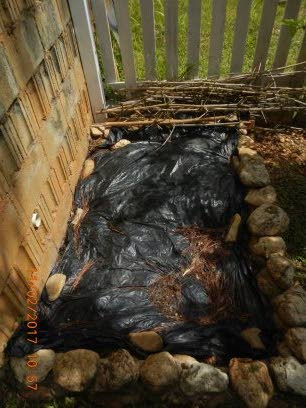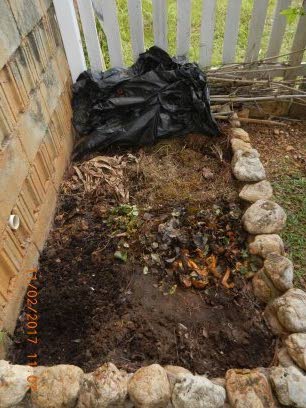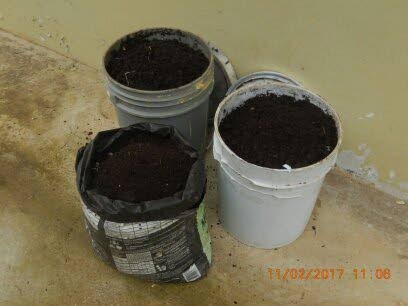Making a home-made compost area

JASSIE SINGH
Many people who were confined to their homes during the stay-at-home measure implemented to prevent the spread of the novel coronavirus have focussed some of their time in starting their own kitchen garden.
A good resource for such a venture is a home-made compost. Humans are wasteful by nature, believing that there is always more where the last supply came from. People throw out so much food on a regular basis without a thought that saving kitchen waste can be recycled to make compost – "black gold" in your own back yards.
By sorting and composting, then planting and reaping, you can have harvest enough fruits and vegetables from your kitchen garden to satisfy your own needs, and maybe even enough to share or barter. And as an added bonus, gardening is said to be a great form of exercise and stress relief.
Compost can be generated from any biodegradable waste – fruit and vegetable peels add nutrients to the compost; eggshells add calcium, making a rich mix; weeds from your landscaped yard will soon break down, adding its nutrient quotient to the compost. Large amounts of lawn cuttings, however, can impede the degradation, since it makes a matting when spread over the compost heap.
And although you can compost newspapers and cardboard, these items need to be shredded to degrade quickly. Newspapers can become compact if there is a lot, preventing the breakdown of any matter it may cover. If you wish to get a constant, reliable supply in the short to medium term, using kitchen waste is most suitable. It should be noted that meat and bones are not recommended for backyard composting.

If you have enough space in your yard, allocating an area three to four feet by six to eight feet will generate as much compost as you need. If you do not have extra space, a black garbage bag works as well.
Use heavy black polyethylene to cover the compost heap, since this will help break down the vegetable matter. It is not necessary to water the compost, since the heat generated by the polyethylene converts to steam, helping to disintegrate the compost. If the compost pit is situated in a shaded area, the breakdown occurs very quickly. You will have to turn the contents occasionally.

In as little as three months, you can start using your rich compost to mulch your plants.
Jassie Singh is a chef and author who has been sorting her kitchen waste for composting for more than 30 years and using the soil to fertilise her plants.


Comments
"Making a home-made compost area"